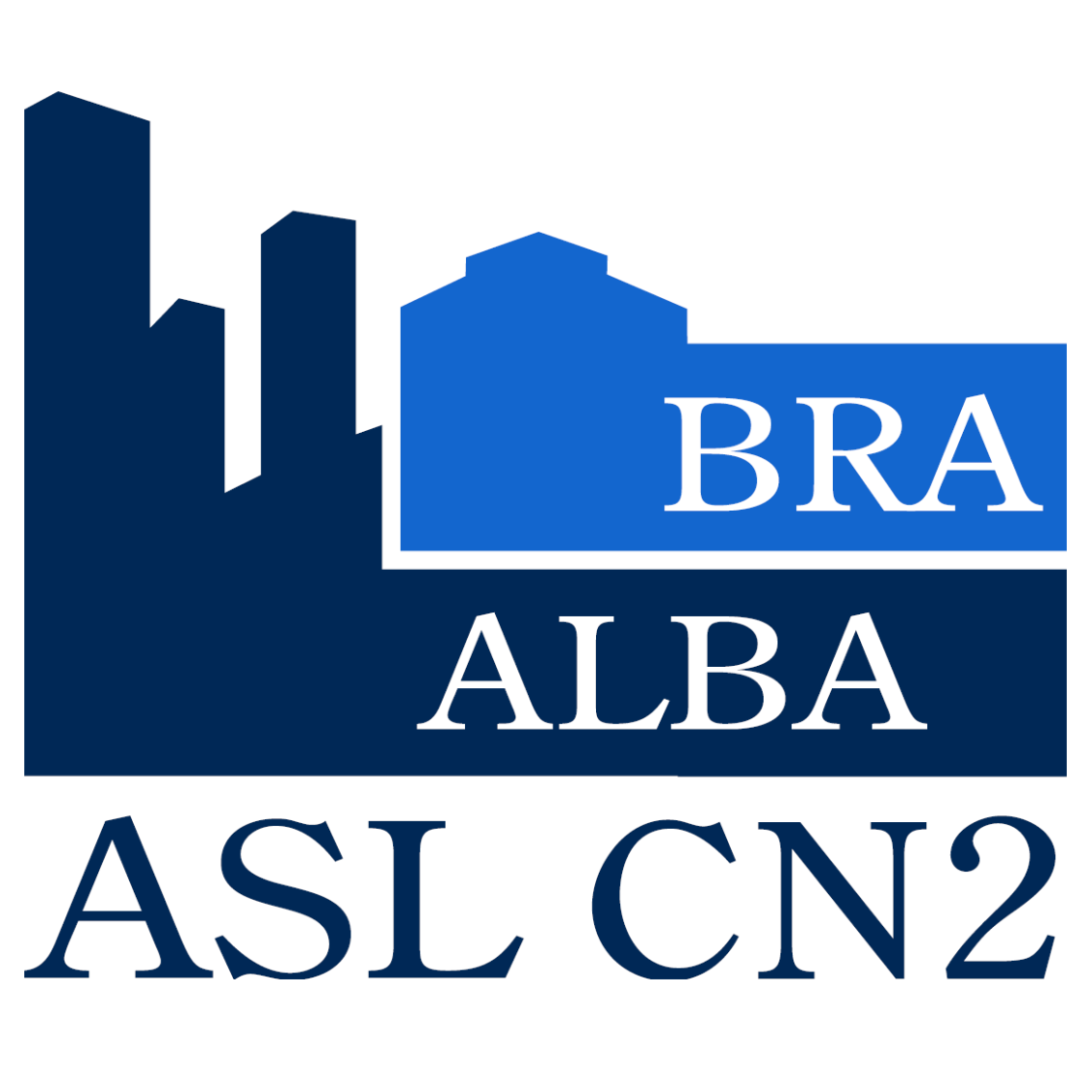Nitrites and nitrates: calculation examples in meat based products
DOI:
https://doi.org/10.14672/bepsp2024223-229Abstract
For decades, nitrites and nitrates have not only helped to preserve food, but have also contributed to making processed meats more appealing by giving them a bright and attractive color that easily captures the attention. In addition to enhancing flavor and appearance, these additives play a crucial role in our diet, protecting us from certain microorganisms such as Clostridium botulinum, responsible for severe food poisoning. However, these preservatives also have delicate aspects: if used incorrectly, they can promote the formation of potentially harmful compounds such as nitrosamines.
To ensure food safety, the European Union has imposed strict regulations on the use of these preservatives, but what tools are used to make sure these standards are respected? This article explores the verification methods used in official controls to monitor the levels of nitrites and nitrates in processed meat products, such as salami, ham, and cotechino sausages, helping to protect food quality and our health.
References
Better Training For Safer Food (BTSF) (2024) Atti del corso di formazione “Training Course on Food Improvement Agents (FIA) - Course A”, progetto della Commissione Europea, tenutosi a Budapest (Ungheria) nei giorni 14-18 ottobre 2024
European Food Safety Authority (EFSA) (2017) “La valutazione del rischio spiegata dall‘EFSA: nitriti e nitrati aggiunti agli alimenti” Recuperato da https://bitly.cx/zwmJ nel mese di ottobre 2024
Parlamento Europeo e Consiglio dell’Unione Europea (2008) “Regolamento (CE) n. 1333/2008 del Parlamento europeo e del Consiglio, del 16 dicembre 2008, relativo agli additivi alimentari”
Pubblicato in Gazzetta Ufficiale dell’Unione Europea, L 354, il 31
dicembre 2008, versione consolidata ad ottobre 2024
Downloads
Published
Issue
Section
License

This work is licensed under a Creative Commons Attribution-NonCommercial-ShareAlike 4.0 International License.
La rivista BE.PSP persegue la politica di sostegno alla circolazione delle idee e del sapere. Gli articoli in essa contenuti sono ad accesso libero e distribuiti secondo i termini della Creative Commons Attribution License: Attribution-NonCommercial-ShareAlike 4.0 International, CC BY-NC-SA. Questa licenza consente agli utilizzatori dei contenuti dell’articolo di distribuire, modificare, adattare e sviluppare il materiale originale su qualsiasi supporto o formato solo per scopi non commerciali, e solo a condizione che venga correttamente attribuita la paternità del materiale originale indicando l’autore dell’articolo originale. Se l'utente modifica, adatta o sviluppa il materiale, deve concedere in licenza il materiale modificato secondo termini identici.





